Brevis...
Price: $9,000
Likes: massive sub 20 Hz output
Dislikes: it's a heavy brute
More info: Paradigm SUB 2
by Tom Jung
Wow! The Paradigm Reference Signature SUB 2 gives a whole new meaning to the word subwoofer. I figured it would be good, but the SUB 2, from a company I’m quite familiar with, created a subsoinc bass speaker class by itself. It is that good.
I can’t say I’m surprised that Paradigm would come up with what is widely acclaimed as one of the best subs — if not the best on the planet. Not only has Paradigm been designing and building great subwoofers for many years, but the engineers have the technical chops and the resources to set a new standard in low-end reproduction.
Features
The Paradigm SUB 2, priced at a whopping $9,000, was designed with many state-of-the-art components and engineered in a cabinet/driver configuration that ensures sub 15-Hz bass levels at high SPLs and extraordinarily low distortion.
The SUB 2 hexagon design is unique with three pairs of 10-inch woofers, firing 120 degrees apart in a circle. In technical speak, the SUB 2’s high-tech driver section — designed and built just for this subwoofer by Paradigm — features six 10-inch RCR mineral-filled, co-polymer polypropylene cones. The drivers use FEA-optimized over-molded thermoplastic foam surrounds, 76-mm ten-layer long-excursion voice coils, high-temperature composite Nomex® formers, dual advanced spiders, 25.2-pound hard ferrite magnet/motor-structure, massive center heat sinks and oversize pole piece, as well as an AVS™ die-cast heat-sink chassis for extra cooling.
One of the big advantages of the SUB 2’s clustered driver arrangement is its vibration-canceling characteristics — with the matched, opposing drivers effectively canceling out distortion and unwanted resonances. This design also turns out to be an immensely effective way to energize a room at extremely, low, clean frequencies.
The massively braced cabinet housing also contributes much to the subwoofer’s ultra clean output.To show how inert the subwoofer structure is, Paradigm suggests placing a martini on the top of the cabinet while playing with serious low frequency content. I tried it and they are right, barely a ripple even with a full glass and lots of low bass. It also turned out to be a good reason to mix a couple of martins for me and my wife, after five o'clock of course.
By the way, I would love to have seen the drivers in action while transmitting their thunderously clean bass, but, unfortunately, the grills are not removable for safety reasons. I guess someone could get hurt, sticking their head up close when the SUB 2 cranks up.
As you might expect the amplifier is anything but conventional. This Class-D power plant can deliver a maximum continuous RMS power output of (gulp!) 4,500 watts with 9,000 watts of dynamic peak power when connected to a 240-volt line; it will deliver 3000 watts RMS with a 120-volt line. Both voltage options are available with the SUB 2.
The Paradigm SUB 2 Reference Sibnature subwoofer may be the best-measuring, self-enclosed, powered home cinema subwoofer ever made!
As you might expect the amplifier is anything but conventional. This Class-D power plant can deliver a maximum continuous RMS power output of (gulp!) 4,500 watts with 9,000 watts of dynamic peak power when connected to a 240-volt line; it will deliver 3000 watts RMS with a 120-volt line. Both voltage options are available with the SUB 2.
A Power Factor Corrected (PFC) power supply makes all this possible and is said to be 95% efficient. In simple terms, a PFC power supply is able to use more of the AC waveform from the wall, and turn it into real power whereas a conventional power supply can really only use the peaks of the AC sine wave. The SUB 2 simply could not do what it does without this sophisticated energy reserve. The PFC power supply also does not contaminate the AC power like a big old classic Class A or A/B power transformer can, impairing the performance of other components in the system with dirty AC.
 |
| Sub 2's Unique Driver Configuration |
The SUB 2 structure measures 24.5 inches tall, 23.75-inches wide and 22-inches deep. Those heavy motors and stiff cabinet mean that the SUB 2 is no lightweight, weighing in at a 230 pounds. You need at least three people to safely set it up.
All this amp horsepower and driver cubic inches is said to generate bass down to 7 Hz at audible levels, well over 112 dB at 10 Hz (in a typical sized home cinema room), and more than 120 dB at 60 Hz, yet the distortion remains exceedingly low. This may be the best-measuring, self-enclosed, powered home cinema subwoofer ever made!
The Paradigm Reference SUB 2 is just not a brute-force subwoofer that goes wide open; it also is equipped with just the right amount of connections and adjustments to enhance its user friendliness, including stereo RCA Left/Right inputs, and a balanced XLR input. The rear mounted controls include the auto on/off switch, trigger on/off switch, subwoofer Level, adjustable subwoofer crossover frequency (continuously variable 35 Hz – 150 Hz), crossover bypass switch, adjustable sub/sat phase alignment (0° to 180°).
To tune the subwoofer to the nearly infinite number of room dimensions out there in the home cinema world, Paradigm provides its highly useful and accurate PBK™ Perfect Bass Kit, a serious room correction tool that is not to be confused with the simple uni-point measurement/tune systems that comes with most of today’s AV Receivers. The kit comes with a calibrated microphone, USB cables, mic-stand and software — along with detailed set up instructions that are well written and user friendly.
One PBK USB cable connects the sub to a PC while another goes from the PC to the USB microphone. Paradigm recommends at least five measurement locations; it takes all of 20 minutes to run the set up. Optimizing this wonderful speaker to the listening room is essential, and Paradigm engineers did their homework with the PBK™. It really works well!
The setup
My listening room/theater is all wood (floors, walls and amp; ceiling) and is very well damped measuring about 38’ X 24’ X 10’. Six SLS Ribbon monitor speakers are used in an L-C-R front/L-C-R rear arrangement. The SLS front speakers use a dual-woofer design for the fronts and a single woofer model for the rears — all with the same 5-inch ribbon driver. Currently, the speakers are all powered by a Marantz SR-7005 AV receiver. The front speakers are pretty much full range — as they comfortably go down into the 30-Hz region in my room.
I called on two of my biggest and strongest friends to carry this 230 pound beast upstairs and place it about 9-inches from the front wall, just left of center. You have to be careful with a speaker this size. It could do some damage if it gets away from the crew.
The Perfect Bass Kit set up was a snap and worked so well that I never tried any different locations or ran the set up again. All listening and evaluation was done with a single-120 volt, 20-amp power circuit. Cables were typical of high-end home cinema installations. Listening/viewing location is about 12 feet from my HD projection screen/speaker setup.
The audition
I started with a Blu-ray of the WWII submarine movie U-571 which has some of the lowest frequency effects that I have heard on a commercially available BD. Within the first couple of seconds of that first depth charge explosion, I knew the SUB 2 was a game changer. The entire room shook and the leather in the theater chairs flapped like they were in a giant wind storm.
I should point out that I normally use four SLS subwoofers in my room, but for this review I removed them; the single SUB 2 more than replaced them, adding so much more below 20 Hz. And the Paradigm relayed, as much if not more, 30 Hz and up bass level. I have never experienced low-frequency extension like this before. The SUB 2 easily goes down more than an octave lower than what I am used to hearing from what I consider to be really good subwoofers.
Within the first couple of seconds of that first depth charge explosion, I knew the SUB 2 was a game changer. The entire room shook and the leather in the theater chairs flapped like they were in a giant wind storm.
Next I put on the Sum of All Fears, a terrorist drama that has a rogue nuclear explosion and an awesome stealth bomber take off. With every low bass effect, these ultra-low frequency experiences were something new, hearing and feeling sounds that don’t normally come from speakers or woofers of any kind. Even the finest movie theaters do not go where the SUB 2 goes — with low frequency extension of 7Hz (DIN)!
Never once during my time with the SUB 2 did I hear anything that resembled distortion. The power supply is so smart it can tell the amplifier not to go louder if it is getting close to tripping a breaker. Paradigm recommends using a dedicated 240-volt line to realize the SUB 2’s full potential, but the 3,000 watts from the 120-volt line was plenty for my theater room.
 |
| Sub 2 Input Section |
Next came critical music listening. I typically shut off my subwoofers when listening to music because of the cohesiveness of my good full-range system. But I wanted to try different crossover setting to see how flattering (or not) the SUB 2’s low end extension would be for music. I started with 80 Hz and was distracted by the location (slightly left of center) of the bass and kick drum on "Pineapple Getaway" from Fourplay - Let’s Touch The Sky album. I kept moving the crossover down with this directional characteristic decreasing as the frequency decreased and the best result ended up at lowest setting which is 35 Hz. There the kick drum was perfectly centered with tremendous whack.
I came to the conclusion after listening to several albums over several days that this kind of low frequency extension can be a mixed blessing, depending on the music and the recording. Many recordings have nothing but rumble below 30 Hz or so which often annoying. Yet there are some recordings, such as pipe organ and bass drums, that benefit from a really clean sub.
The verdict
No question about it this is the best subwoofer I have ever heard, nothing even comes close. For some the SUB 2 will add two to three octaves of low end to an already good system. For movies, it stands alone, just amazing bass performance for even the largest of home system rooms. For music it all depends on the recording and the music, but with the best recorded jazz and classical, it can be impressive as well. Made-in-North America quality like this comes with a hefty price $9,000. I'm going to miss that bass. For its gut-wrenching, low-bass performance, it deserves the Everything Audio Network Stellar Sound Award; maybe two.
A professional audio engineer for almost 50 years (Sound 80, DMP Records), Tom Jung reviews home theater, audiophile and high-end recording gear for the Everything Audio Network, testing products from his home studio in North Carolina. He can be reached via email at tjeverything.audio@verizon.net
©Articles on this site are the copyright of the Everything Audio Network. Any unauthorized use, via print or Internet, without written permission is prohibited.
©Articles on this site are the copyright of the Everything Audio Network. Any unauthorized use, via print or Internet, without written permission is prohibited.



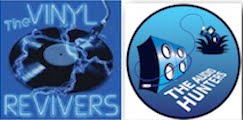

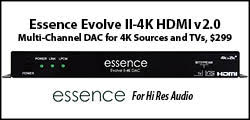

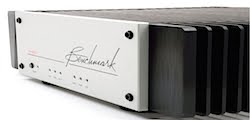


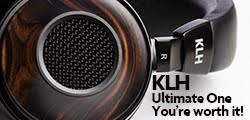
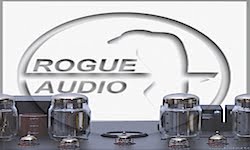

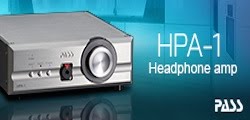


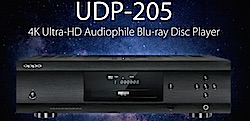
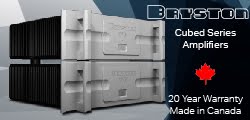

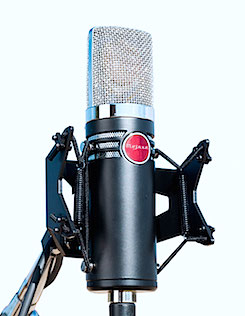
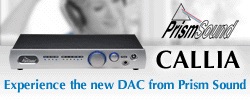
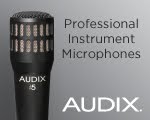
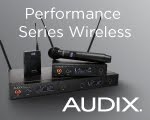
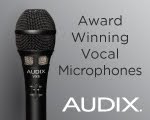
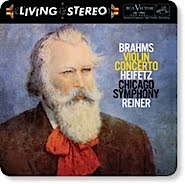






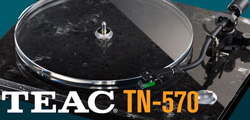





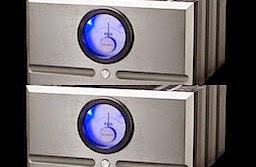
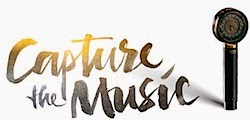


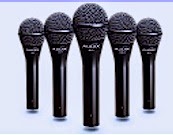


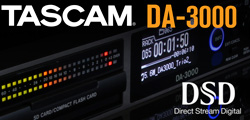

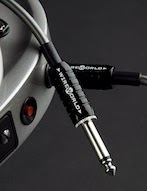

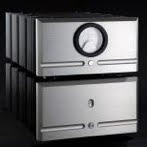









No comments:
Post a Comment